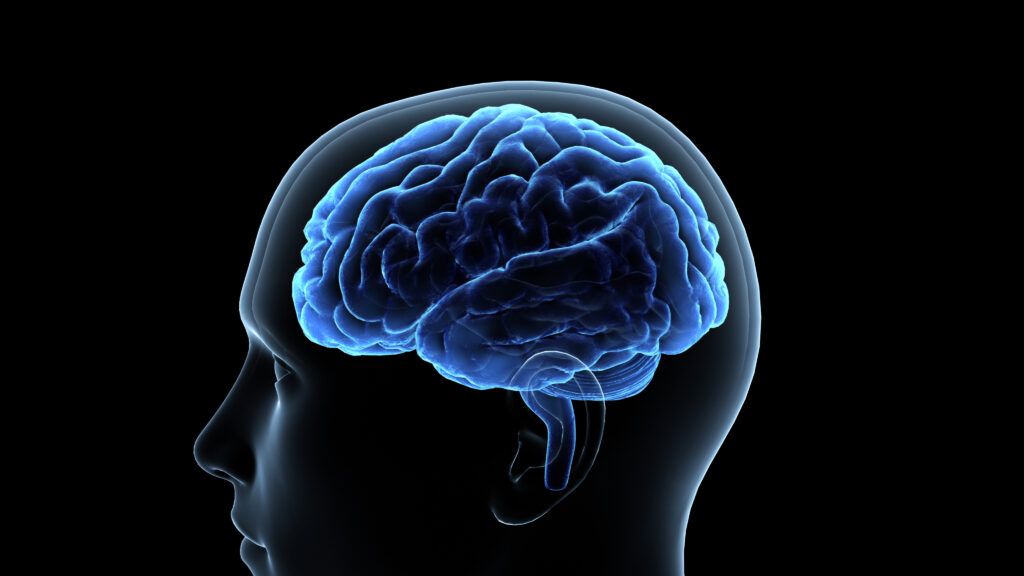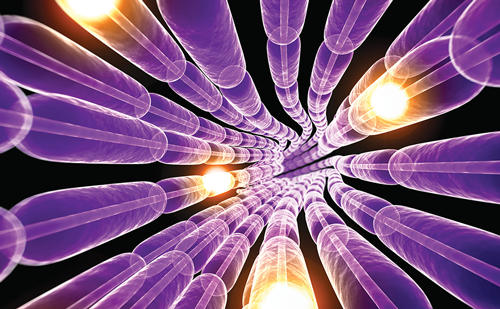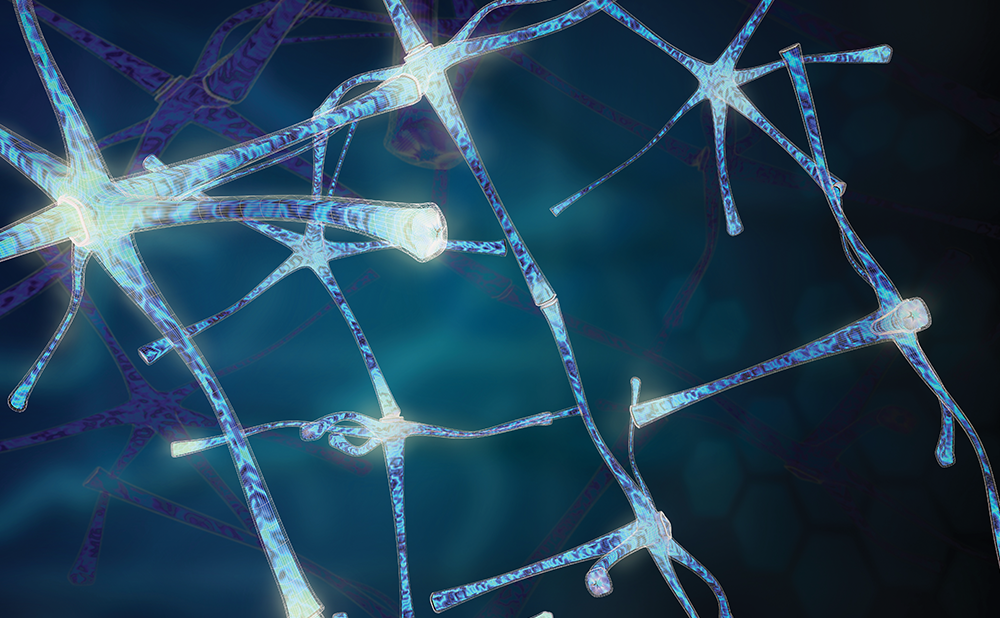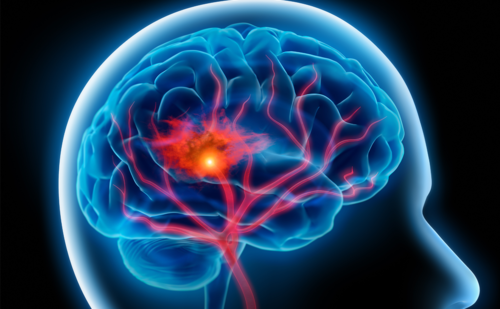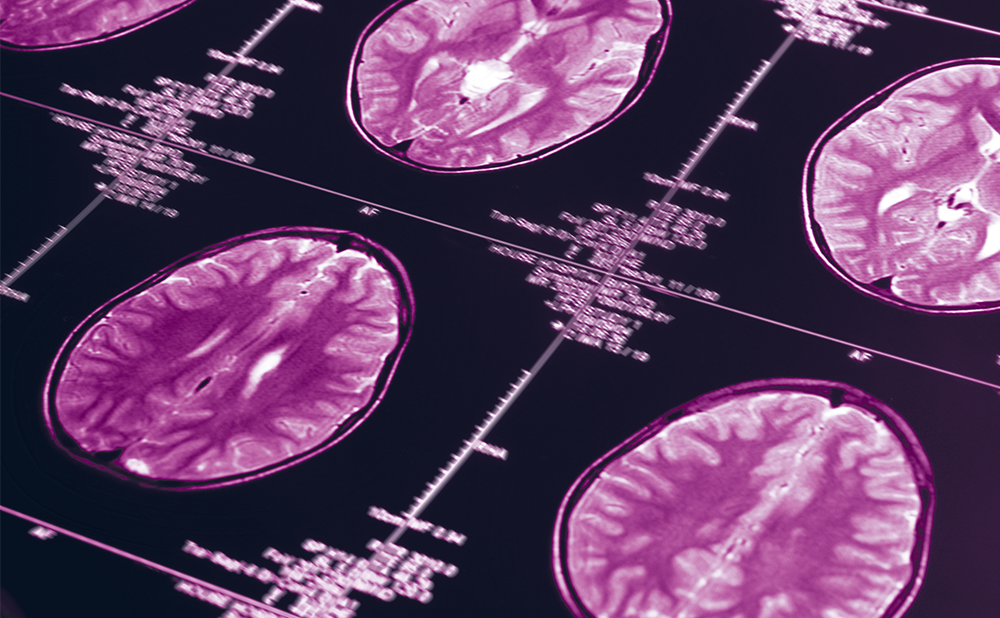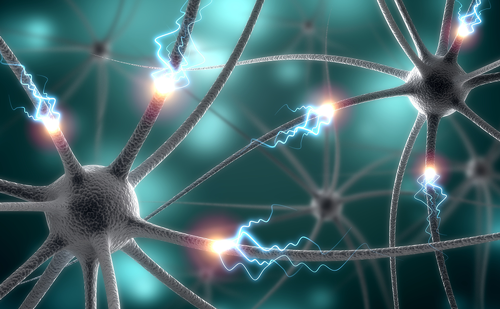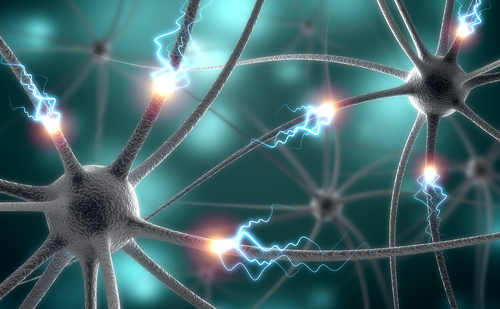Abstract
Alzheimer’s disease (AD) is an age-related neurodegenerative disorder characterised by progressive memory deficits and other cognitive disturbances. Neuropathologically, AD is characterised by synaptic deficits, progressive loss of neocortical, limbic and basal forebrain cholinergic neurons and the abnormal extracellular accumulation of amyloid-beta (Aβ) and the intracellular aggregation of the cytoskeletal protein tau. Currently available AD therapies either only temporarily delay disease progression or address the symptoms but are unable to alter the underlying mechanisms of disease. Therefore, ongoing AD research is focused at better understanding pathogenesis and at developing disease-modifying experimental therapeutic approaches. This review will summarise the main areasof preclinical research for AD therapeutics that includes those aimed at modulating the processing of amyloid precursor protein (APP) and the production of Aβ; ameliorating the pathological accumulation of Aβor tau; augmenting neuroprotective activities in the AD brain; and augmenting neurorestoration in the AD brain. The review will also discuss a novel multimodal therapeutic approach to AD using Cerebrolysin, a peptidergic mixture with neurotrophic-like effects.
Support: The publication of this article was funded by EVER Neuro Pharma GmbH. The views and opinions expressed are those of the authorsand not necessarily those of EVER Neuro Pharma GmbH.
To view the full article in PDF or eBook formats, please click on the icons above.


